Js

js
More Posts from Space-m17-blog and Others

Andromeda Rising over the Alps : Have you ever seen the Andromeda galaxy? Although M31 appears as a faint and fuzzy blob to the unaided eye, the light you see will be over two million years old, making it likely the oldest light you ever will see directly. Now rising near a few hours after sunset from mid-latitude northern locations, Andromeda is rising earlier each night and will be visible to northerners all night long starting in September. The featured image captured Andromeda rising above the Italian Alps last month. As cool as it may be to see this neighboring galaxy to our Milky Way with your own eyes, long duration camera exposures can pick up many faint and breathtaking details. Recent data indicates that our Milky Way Galaxy will collide and coalesce with the slightly larger Andromeda galaxy in a few billion years. via NASA
js



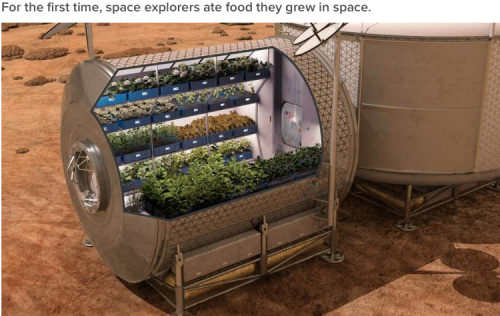


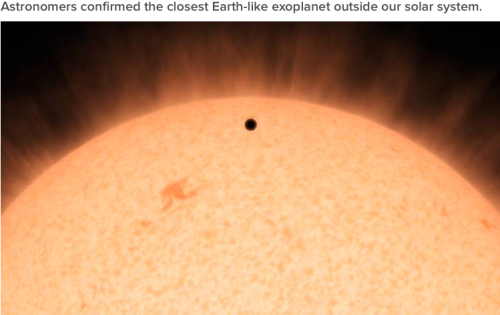


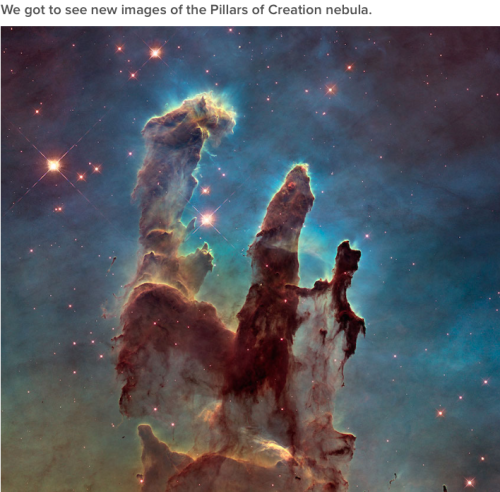
If you couldn’t tell already, NASA is having a great year. From Pluto to food grown in space, even in the face of budget cuts, the nation’s space agency had some stellar highlights. Most mysteriously of all, a spacecraft found two eerily bright lights on a distant dwarf planet.

walstraasart
International Space Station
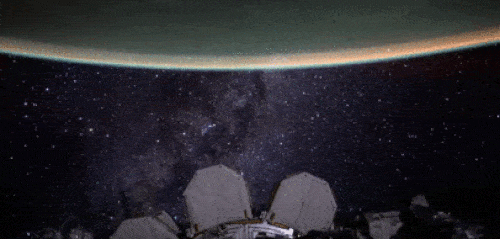
The International Space Station is an important and special place that is built on international cooperation and partnership. The station is a convergence of science, technology and human innovation that benefits and advances our global community here on Earth.

While the space station is an important aspect of our low-Earth orbit exploration, it is also the key to our next giant leap to deep space and our Journey to Mars. For example, our recent VEGGIE experiment aboard the space station is a critical aspect of long-duration exploration missions farther into the solar system. Food grown in space will be a resource for crew members that can provide them will essential vitamins and nutrients that will help enable deep space pioneering.
Another important experiment underway is the Twins Study that involves twin astronauts Scott and Mark Kelly. These investigations will provide insight into the subtle effects and changes that may occur in spaceflight as compared to Earth by studying two individuals who have the same genetics, but are in different environments for one year. You can follow Scott Kelly as he spends a year in space.
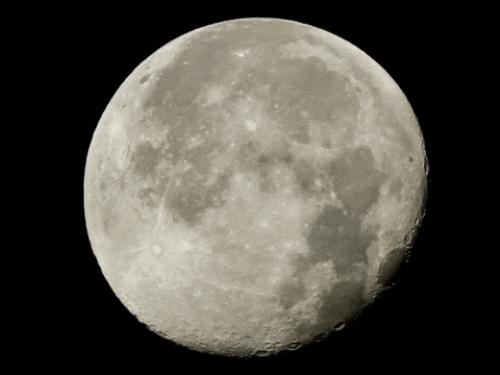
The space station is the second brightest object in the sky (after the moon, of course), and you don’t even need a telescope to see it! We can even tell you exactly when and where to look up to Spot the Station in your area!
So, as you look to spot the station in the sky, remember that even though it may look small from Earth, the crew onboard (and at home) are making contributions to international partnerships and global research.
Hubble Space Telescope
You’ve probably heard of our Hubble Space Telescope, but have you had the chance to actually take a look at the amazing images it has captured for us over the years? Since Hubble launched in April 1990, it has made more than 1.2 million observations, some to locations more than 13.4 billion light years from Earth!
Hubble can see astronomical objects with an angular size of 0.05 arc seconds, which is like seeing a pair of fireflies in Tokyo from your home in Maryland…yea, that’s pretty far! This accuracy allows us to see images like this one of Little Gem Nebula, roughly 6,000 light-years away from us.

Images from Hubble are regularly released to the public, and are some of the most breathtaking views in the Universe. Images like this one of Lagoon Nebula, in the constellation of Sagittarius, not only make for amazing desktop screen-savers, but provide us with valuable scientific information about distant stars and galaxies, as well as the planets in our solar system.

We recently celebrated Hubble’s 25th Anniversary, and look forward to many more years of discovery and captivating images.
Ten Years After Katrina

As we remember the devastation that Hurricane Katrina caused ten years ago, we also look to the improvements made in the past decade in storm prediction and forecasting.
Hurricane Katrina impacted many people, businesses and communities; and even two NASA facilities were hit by the storm. Marshall Space Flight Center and Michoud Assembly Facility were both hit by the harsh storm (seen below).

During Hurricane Katrina in 2005, our satellites were hard at work monitoring and watching the storm from above. Thanks to the higher resolution models we have today, simulations can recreate historical storms, like the below of Hurricane Katrina. Scientists can then study these and learn about past events.

Surprisingly, the United States hasn’t experienced the landfall of a Category 3 hurricane or lager since 2005. This is the longest period of time that has passed without a major hurricane making landfall in the U.S. since reliable records began in 1850.

Although we don’t know when a severe storm will form, we do know that advancements in technology can help us better prepare and predict its path. So, on this ten year mark of this devastating storm, we look back to remember what we saw: https://www.flickr.com/photos/gsfc/sets/72157656646633089
The night sky. 09/03/15 Watch as the colour of the sky changes due to the rising Moon. This was a 4 hour time lapse recorded last night from 21:00-01:00.

Jump With Feeling!

New Horizons: Enhanced false-color mosaic of Pluto, July 14th 2015
New Horizons scientists use enhanced color images to detect differences in the composition and texture of Pluto’s surface. When close-up images are combined with color data from the Ralph instrument, it paints a new and surprising portrait of the dwarf planet. The “heart of the heart,” Sputnik Planum, is suggestive of a source region of ices. The two bluish-white “lobes” that extend to the southwest and northeast of the “heart” may represent exotic ices being transported away from Sputnik Planum. Four images from New Horizons’ Long Range Reconnaissance Imager (LORRI) were combined with color data from the Ralph instrument to create this enhanced color global view. The images, taken when the spacecraft was 280,000 miles (450,000 kilometers) away, show features as small as 1.4 miles (2.2 kilometers).
Image Credit: NASA/JHUAPL/SwRI

Fig. 36. The Celestial Sphere. Geodesy, including astronomical observations, gravity measurements, and method of least squares. 1919.
-
 uchiham4mi liked this · 7 years ago
uchiham4mi liked this · 7 years ago -
 dapiedpiper liked this · 9 years ago
dapiedpiper liked this · 9 years ago -
 phantomsmistress reblogged this · 9 years ago
phantomsmistress reblogged this · 9 years ago -
 intraplanetjanet reblogged this · 9 years ago
intraplanetjanet reblogged this · 9 years ago -
 thestarsaloft reblogged this · 9 years ago
thestarsaloft reblogged this · 9 years ago -
 dittolicous liked this · 9 years ago
dittolicous liked this · 9 years ago -
 cricketsqueak liked this · 9 years ago
cricketsqueak liked this · 9 years ago -
 jynersosgf-blog reblogged this · 9 years ago
jynersosgf-blog reblogged this · 9 years ago -
 howling-wolves reblogged this · 9 years ago
howling-wolves reblogged this · 9 years ago -
 jdmricemaster reblogged this · 9 years ago
jdmricemaster reblogged this · 9 years ago -
 thewestcoastwolf reblogged this · 9 years ago
thewestcoastwolf reblogged this · 9 years ago -
 buticlaimedtheusername liked this · 9 years ago
buticlaimedtheusername liked this · 9 years ago -
 mustlovesnow-blog reblogged this · 9 years ago
mustlovesnow-blog reblogged this · 9 years ago -
 mycooffeebean reblogged this · 9 years ago
mycooffeebean reblogged this · 9 years ago -
 majesticallyadventurous liked this · 9 years ago
majesticallyadventurous liked this · 9 years ago -
 nest-captain-emily liked this · 9 years ago
nest-captain-emily liked this · 9 years ago -
 alacritysparked reblogged this · 9 years ago
alacritysparked reblogged this · 9 years ago -
 deadfuckinfamous reblogged this · 9 years ago
deadfuckinfamous reblogged this · 9 years ago -
 thesuitelifeof-mylife reblogged this · 9 years ago
thesuitelifeof-mylife reblogged this · 9 years ago -
 42nights liked this · 9 years ago
42nights liked this · 9 years ago -
 east-of-the-moon reblogged this · 9 years ago
east-of-the-moon reblogged this · 9 years ago -
 fireflower112 reblogged this · 9 years ago
fireflower112 reblogged this · 9 years ago -
 neverending-spiral reblogged this · 9 years ago
neverending-spiral reblogged this · 9 years ago -
 vazelodian reblogged this · 9 years ago
vazelodian reblogged this · 9 years ago -
 brass-wafer reblogged this · 9 years ago
brass-wafer reblogged this · 9 years ago -
 justmecindy reblogged this · 9 years ago
justmecindy reblogged this · 9 years ago -
 thisblogisathing-moved reblogged this · 9 years ago
thisblogisathing-moved reblogged this · 9 years ago -
 whattheworldisreallylike-blog reblogged this · 9 years ago
whattheworldisreallylike-blog reblogged this · 9 years ago -
 anonaussiebloke reblogged this · 9 years ago
anonaussiebloke reblogged this · 9 years ago -
 quantumscott liked this · 9 years ago
quantumscott liked this · 9 years ago -
 quantumscott reblogged this · 9 years ago
quantumscott reblogged this · 9 years ago -
 marcelineshost reblogged this · 9 years ago
marcelineshost reblogged this · 9 years ago -
 f3llatio reblogged this · 9 years ago
f3llatio reblogged this · 9 years ago -
 itspeteypabloooo reblogged this · 9 years ago
itspeteypabloooo reblogged this · 9 years ago -
 itspeteypabloooo liked this · 9 years ago
itspeteypabloooo liked this · 9 years ago -
 anonaussiebloke liked this · 9 years ago
anonaussiebloke liked this · 9 years ago
I love space. I've been to space camp in Huntsville Alabama and I am planning on going every summer. I look forward to be an astronaut for nasa on the sls that is planned to be launched 2018. And the manned mission 2030. So yeah I won't let anything get in my way.
138 posts